If you live somewhere that experiences colder weather or dry air, chances are you know first-hand the detriments of low humidity: itchy skin, chapped lips, cracked knuckles, staticky clothes, bloody noses, parched throats, increased vulnerability to respiratory illnesses, etc. Here in Ohio, humidifiers are almost a necessity during the winter months.
In our previous home, we installed a whole house humidifier right onto the upflow furnace unit in the basement to combat dry air. Our current house sits on a slab with a downflow furnace blowing heated air through ductwork that runs through the slab. (There’s no crawl space or basement.) Installing whole house humidifiers onto downflow furnaces isn’t impossible, but our current setup won’t facilitate it. There’s just not enough room. Additionally, we often use the gas fireplace in the living room to heat the house during the day which keeps the furnace from kicking on so, even if installation wasn’t tricky, a whole house humidifier still might not be the best choice for us.
We lived through our first winter in this house sans humidifier and we felt it. Someone was always sick. We all had cracked knuckles. I experienced nosebleeds. There was so much static we were almost afraid to touch each other and folding laundry was almost painful. The following winter I purchased a stand alone humidifier and we’ve been using it during colder months ever since. It makes such a difference!
After doing some research, I bought a Honeywell cool moisture console unit. (If there’s one thing I learned in pharmacy school, it’s that you should always use a cool mist humidifier. Warm units are breeding grounds for bacteria.) This is the third year we’ve used it and we’re extremely happy with it. It has a small footprint (~20″ x 12″) and can provide moisture for up to 1,900 square feet making it ideal for our 1,600-square-foot home.
The humidifier must be placed on a flat, hard, water-resistant surface at least 6″ from any wall. I place it on the tile floor in the Everything Room. (You can add Humidifier Room to the running list of purposes that room serves.) It plugs in to an outlet hidden within the fauxdenza.
The unit is relatively quiet. You can hear it running from the living room but it’s definitely not loud enough to disrupt conversation or TV watching. Every once in a while we hear a little glug-glug as water is released into the base but even that is miniscule. It doesn’t rattle or vibrate. I keep the fan speed on low and the humidity level somewhere between the two lowest settings depending on the day. Once the dials are set, the unit automatically turns on/off as needed to maintain the desired humidity level. It shuts off when the water tanks are empty. In contrast to traditional humidifiers, this unit is evaporative meaning you don’t see a visible mist or get water droplets on surrounding surfaces.
Stand alone units do require some attention. The water tanks must be refilled periodically with tap water. Typically, I refill the tanks 1-3 times per week during the winter but, right now with outside temps barely in the double digits, I’m refilling the tanks every 1-2 days. The tanks and base must be cleaned regularly as well. I use the ProTec tank cleaning cartridges to extend the time between cleanings. I usually clean the unit at the beginning of the winter before the first use, once or twice during the winter and once at the end of winter. I flip the filter with every other water refill and replace it annually. When not in use, I keep the humidifier in its original box up in the attic.
I brought the humidifier down from the attic last week and set it up. Right away, I noticed a difference – not only in my skin (no more chapping and cracking!) and eyes (no more stinging!) but also in my houseplants. They were looking pretty droopy and sad but perked right up. We’ve also noticed that the humidifier helps prevent extreme shrinkage in our wood floors. Before, a gap would develop at the entrance to our bedroom (probably due to the leak we don’t speak of) in the winter, but it’s been nonexistent ever since we starting using the humidifier.
Low humidity negatively affects so many things: people, pets, plants, wood floors and even furniture. If you’re looking for a small, effective standalone whole house humidifier that is easy to operate and maintain, I would recommend this one! (not sponsored, just sharing what has worked for us) I tried explaining the basics above, but the manual is easy to follow and gives more details on proper setup, maintenance, operation and storage.
Do you use a whole house humidifier? Maybe it’s not necessary for your location or method of heating. I can remember my dad placing a pan of water on top of the wood stove in the house I grew up in to increase humidity. I’ve always wondered if homeowners with radiators or radiant floor heating need humidifiers. Anyone?
P.S. – Our biggest renovation regret.
images: Dana Miller for House*Tweaking
Article Source: Do You Use a Whole House Humidifier?
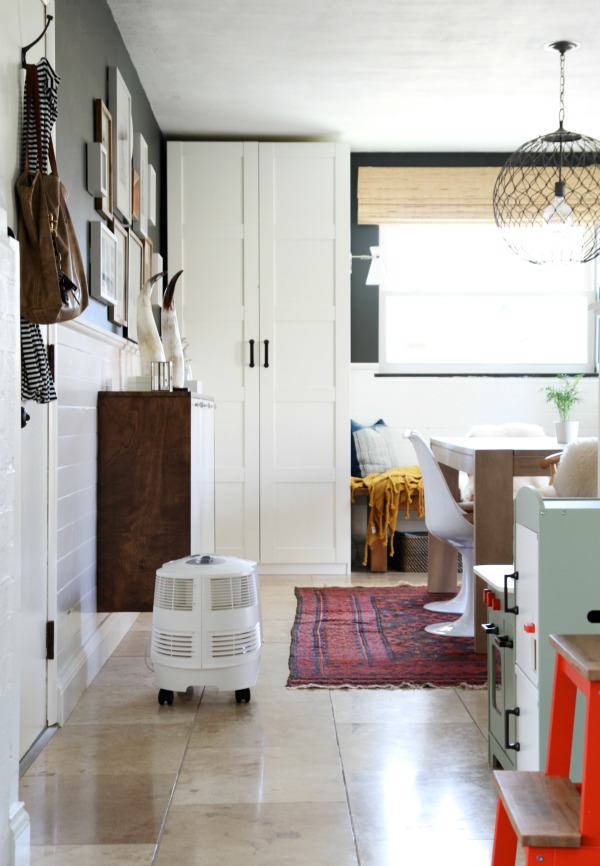
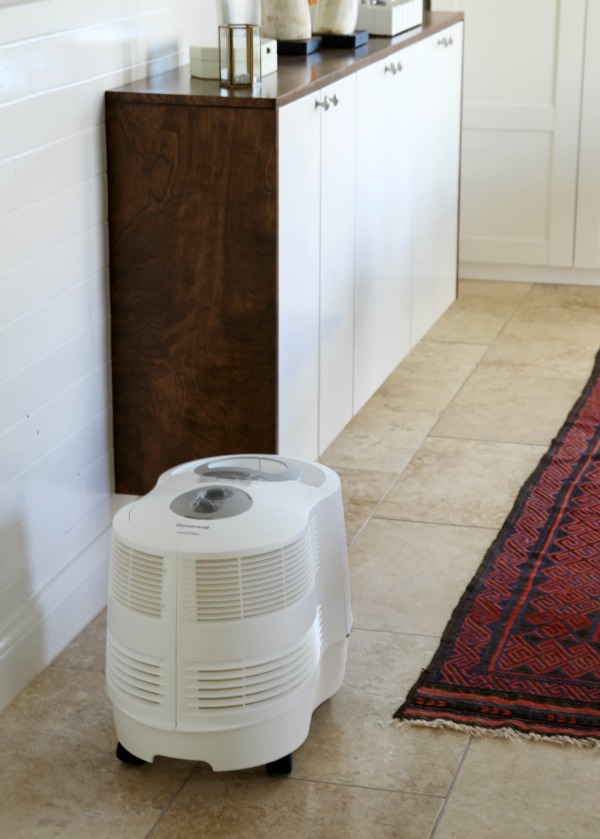
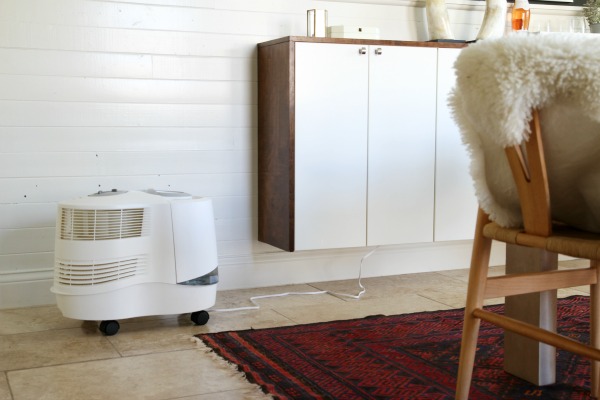
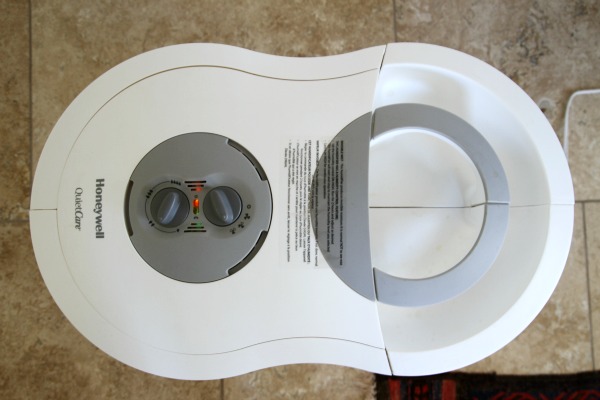
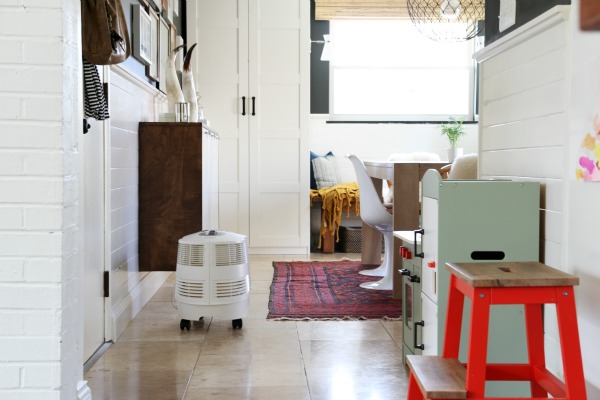
No comments:
Post a Comment